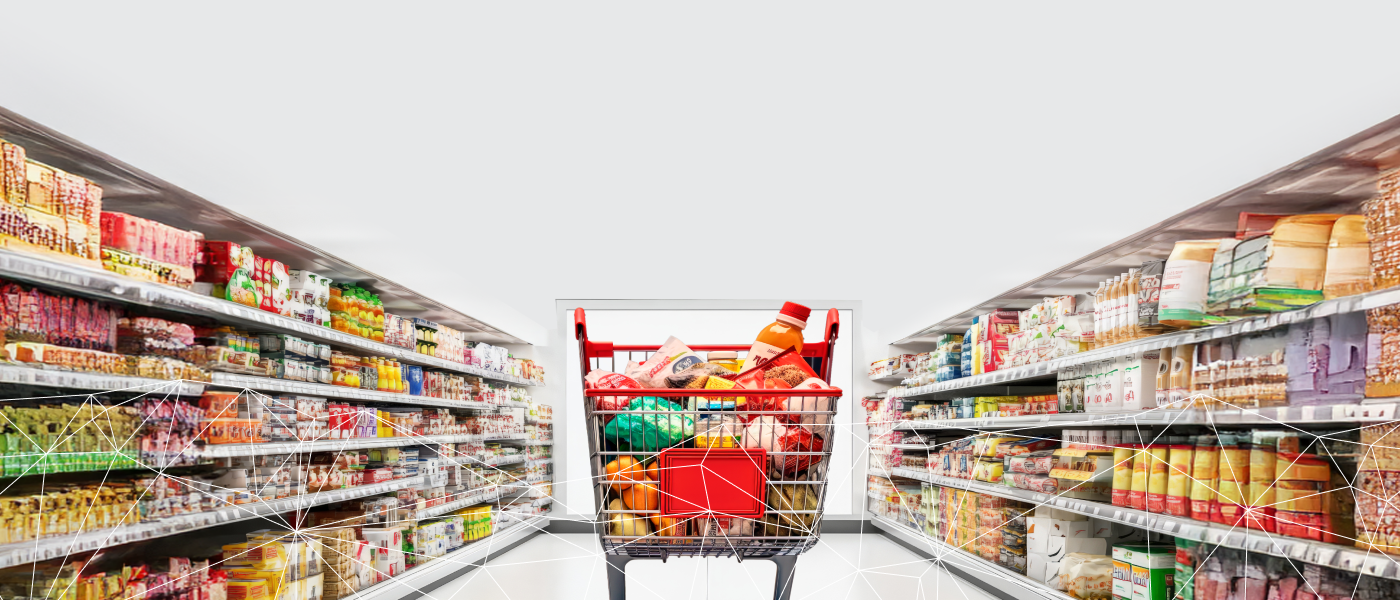
AI-enabled CPG Analytics Solutions
Accelerate your data ROI with the right data engineering and artificial intelligence practices
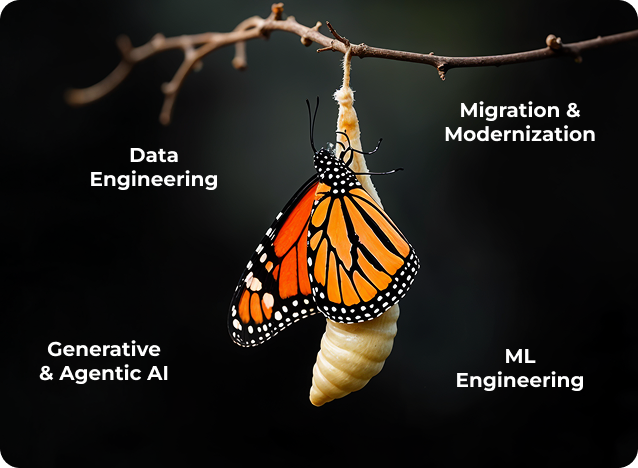
With Polestar Analytics, you get experienced CPG AI & data analytics partners to define your data strategies, integrate data from practically any source, while modernizing your data estate, and identify the right analytics & AI use cases for revenue growth.
From improving your marketing ROI with MMM, or promotion & pricing effectiveness for revenue growth, or real-time visibility with supply chain control tower, or forecasting sales and inventory - enhance your decision making through insights







Steer your revenue by optimizing price, promotion, product, trade terms, channel & portfolio mix. Move beyond the basic price elasticity modelling & Bayesian techniques
Explore Polestar's RGM Suite
Model the true impact of your marketing efforts. Enhanced feature attribution & mapping for multi-touch consumer journeys. Understand carryover and saturation effects on the incremental sales.
Market Mix Modeling for AI Era
The world is moving onto Agentic AI, but is your data ready for this change? Assess your data quality & database needs for building your agentic and generative capabilities.
Get data migration assessment
Optimize your product selection for maximum profitability. Granular analysis of category performance and customer demand. Predict and adapt to seasonal trends and inventory lifecycle to minimize markdowns and stockouts.
Finetune assortment planning
Improve visibility, agility, and increase collaboration with a central hub & collaborative agents that plan, audit, forecast, manage, and execute decisions. With Supply chain control tower for CPG & Retail analytics build foundational level data capabilities across all products and markets
SCCT in 2 pages
Enhance trade promotion effectiveness, and preserve brand equity, sales growth, and channel partnerships with gradient boosting and causal inferences - not just bayesian models
Improve your trade promotion ROI
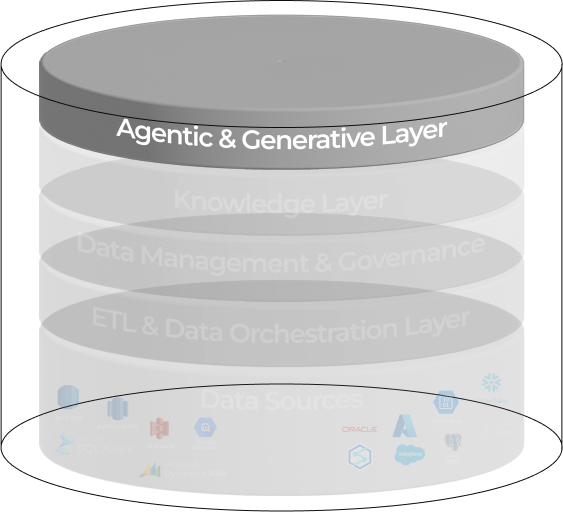
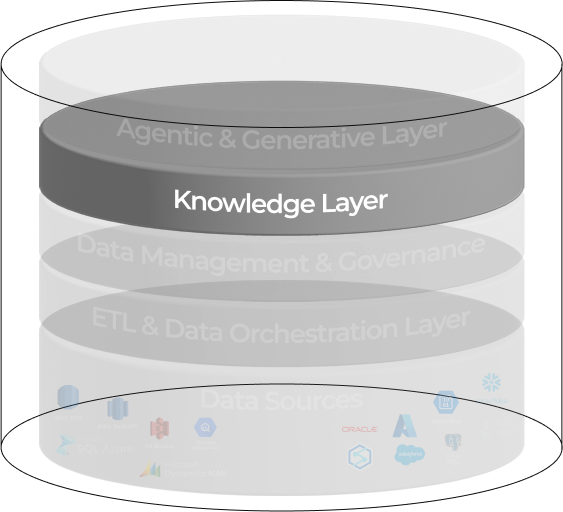

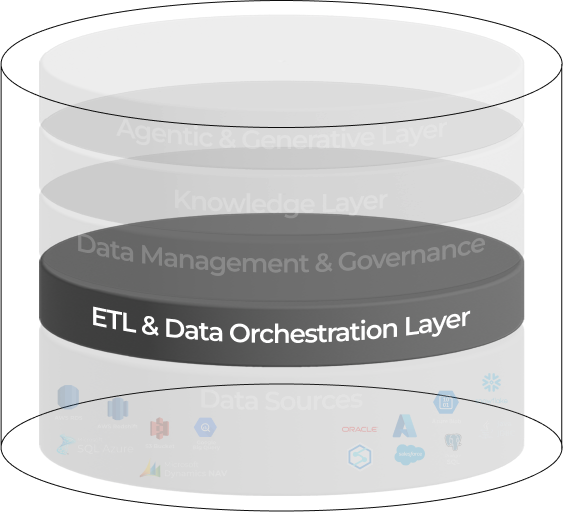

This is where the new age AI gets to work. Here the AI agents handle tasks on their own, analyze trends and build conversations that make sense, so you can solve problems faster and give people better experiences.
This is where you turn all your data into something AI can actually understand. We've built a smart library for AI, so it knows the context and gives you answers you can trust.
Here you make sure your data is clean, safe, and secure. It's about building trust in your data, so your AI can make reliable decisions.
This is where your data talks to each other. We build the pipelines that move and transform your data, so it's ready when you need it, in real-time.

Increase demand forecasting accuracy
Increase in market share
Increased efficiency due to automation

Increase in profitability for next season
Improvement in forecasting accuracy
Based search implemented

Decrease in stockouts
Reduction in inventory costs
Improvement in logistics costs

Overall Comment: "The team had very good understanding of the business process and provided good technical solution basis the business process understanding."
Overall Comment: "The professionalism in data analytics skills is exceptional with polestar analytics, we take the Anaplan related service, and you have always proven to be the best among the competitors, also representative being the face of any conversation the level of expertise he comes with, it is easier for us communicate and get the outcome based decisions quicker."
